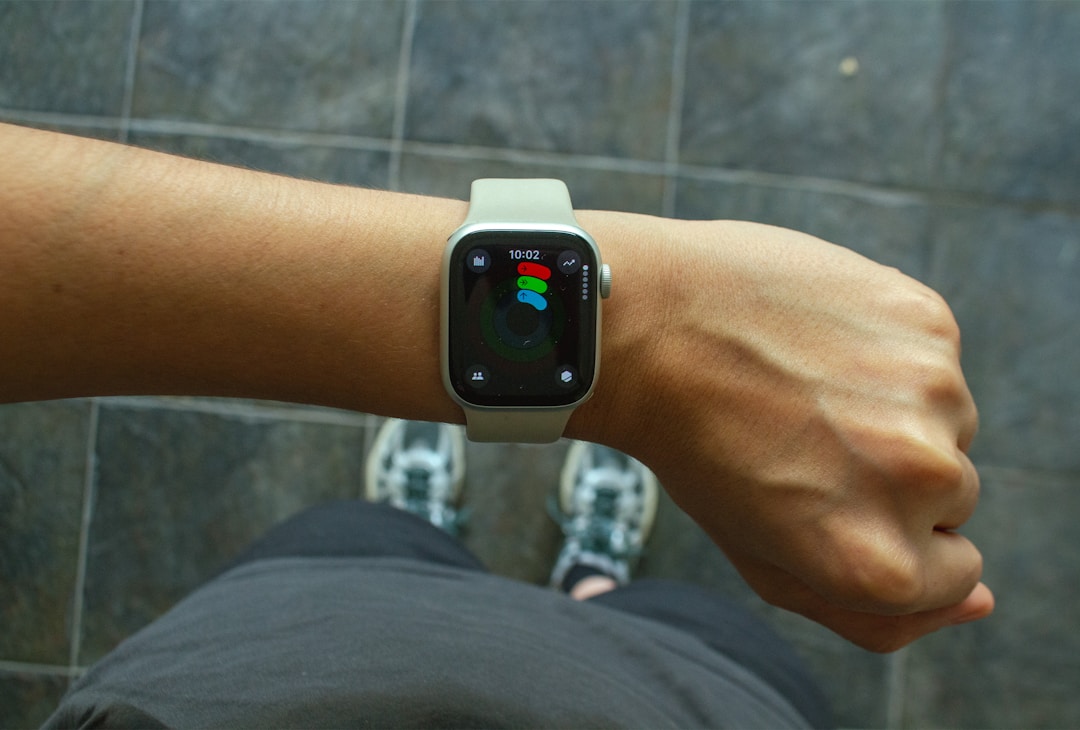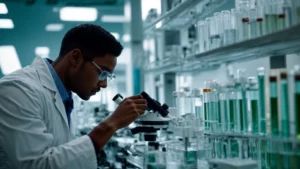Understanding Health Risk Assessment: A Comprehensive Guide
When it comes to maintaining and improving health, one of the critical tools at our disposal is the health risk assessment (HRA). This systematic approach evaluates an individual’s risk factors and predicts potential health problems before they become prominent. Understanding how HRAs work and the insights they provide can empower individuals to take charge of their health proactively. With the complexities of modern health concerns, having a grasp on one’s predispositions and risks is invaluable. Below, we explore the different facets of health risk assessments and how they play a vital role in preventive health care.
Understanding Health Risk Assessment: The Key to Proactive Health Management

Health risk assessments (HRAs) go beyond spotting current health issues—they predict potential risks by analyzing medical history, lifestyle habits, and genetic markers. Through questionnaires and medical exams, HRAs identify factors that may increase susceptibility to certain conditions, providing actionable insights to guide lifestyle choices and healthcare decisions.
Modern HRAs often integrate personal biometric data and lab results for a more precise evaluation. Services like Health risk assessment by Personalabs combining body data and blood tests use this approach to create a detailed health profile, helping tailor wellness programs and interventions. While not diagnostic, HRAs highlight areas needing attention, prompting follow-ups with healthcare professionals for further evaluation and management.
The Role of Personal and Family Medical History in Health Risk Assessment
A person’s medical history provides critical insights for health risk assessments, revealing patterns of past illnesses that may signal future risks. Chronic conditions like diabetes, heart disease, or cancer in one’s history highlight the potential for recurring health challenges. Equally important, family medical history uncovers genetic predispositions, showing how illnesses affecting close relatives can elevate an individual’s risk. By analyzing both personal and familial medical journeys, HRAs can identify vulnerabilities that warrant closer attention.
This information informs preventive strategies and early screenings for diseases with familial tendencies. It also guides lifestyle adjustments, such as heart-healthy diets or exercise routines, tailored to reduce identified risks. Proactive measures based on medical and family history empower individuals to better manage and mitigate potential health concerns.
How Lifestyle Choices Influence Health Risk Assessments
Lifestyle choices are major determinants of health and form a key part of health risk assessments (HRAs). Behaviors like smoking, diet, exercise, and alcohol consumption can either increase or reduce the risk of conditions such as obesity, diabetes, and heart disease. Positive habits, including regular physical activity, balanced nutrition, stress management, and adequate sleep, improve health outcomes and help prevent chronic illnesses.
HRAs also consider how lifestyle interacts with genetic predispositions, enabling individuals to take preventive actions, such as heart-healthy diets for those prone to high cholesterol. These assessments provide personalized guidance and allow people to monitor how changes in daily habits influence their risk profile over time, supporting sustained health maintenance.
The Technology Behind Health Risk Assessments: Tools and Algorithms

Technology drives the evolution of health risk assessments (HRAs), using algorithms, artificial intelligence, and big data to analyze vast information for precise risk predictions. Modern HRAs employ online questionnaires that capture personal data, which algorithms combine with factors like age, gender, BMI, lifestyle, and genetics to create individualized health profiles.
Wearable devices enhance HRAs by providing continuous biometric data, including activity, heart rate, and sleep patterns. Integrating these insights with traditional health metrics allows for dynamic, real-time evaluations. As HRA technology advances, assessments become more seamless and integrated with healthcare services, enabling personalized interventions and supporting proactive health management tailored to each individual’s unique risk factors.
Interpreting Your Health Risk Assessment Results: Next Steps for a Healthier Future
After completing a health risk assessment (HRA), understanding the results is essential for guiding next steps. Discussing findings with a healthcare provider helps translate risk percentages into actionable guidance. Many individuals either validate their current health habits or recognize areas for improvement. HRA results can motivate adherence to positive behaviors or inspire lifestyle changes, making goal-setting based on these insights critical for lasting progress.
For those with higher-risk indicators, follow-up assessments or medical tests may be recommended to detect issues early. Referrals, additional diagnostics, or treatment plans can prevent conditions from worsening. Maintaining regular communication with healthcare professionals ensures health strategies stay responsive to evolving needs.
Overall, health risk assessments stand as a cornerstone in the pursuit of proactive health management and personalized care. By considering personal and family medical history, lifestyle choices, and harnessing modern technology, HRAs provide a critical service in the fields of preventive medicine and public health. Interpreting the results and acting on them accordingly can set the stage for a healthier, well-informed future.





